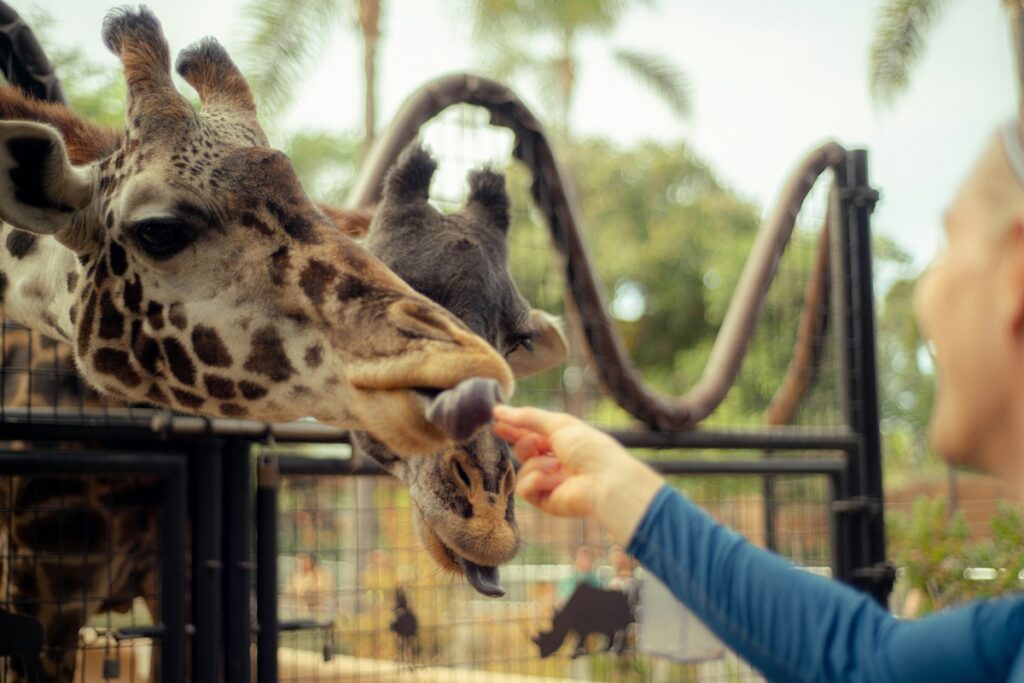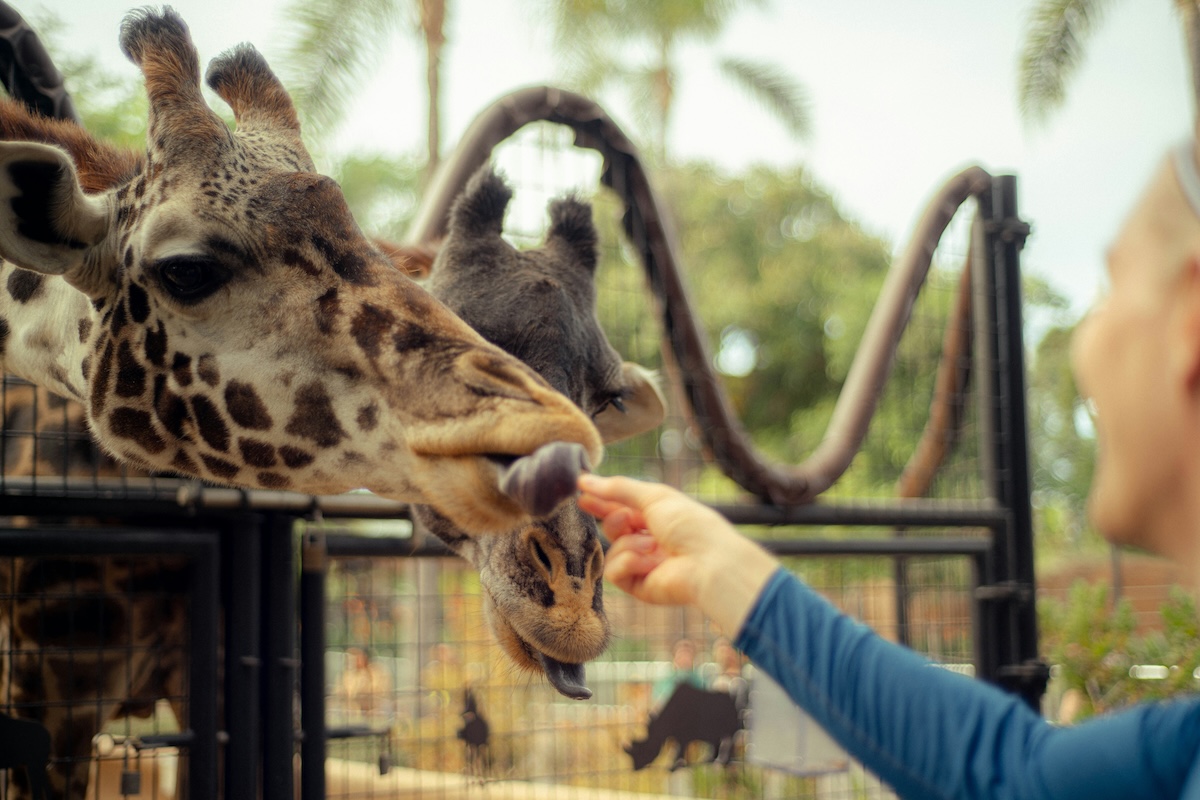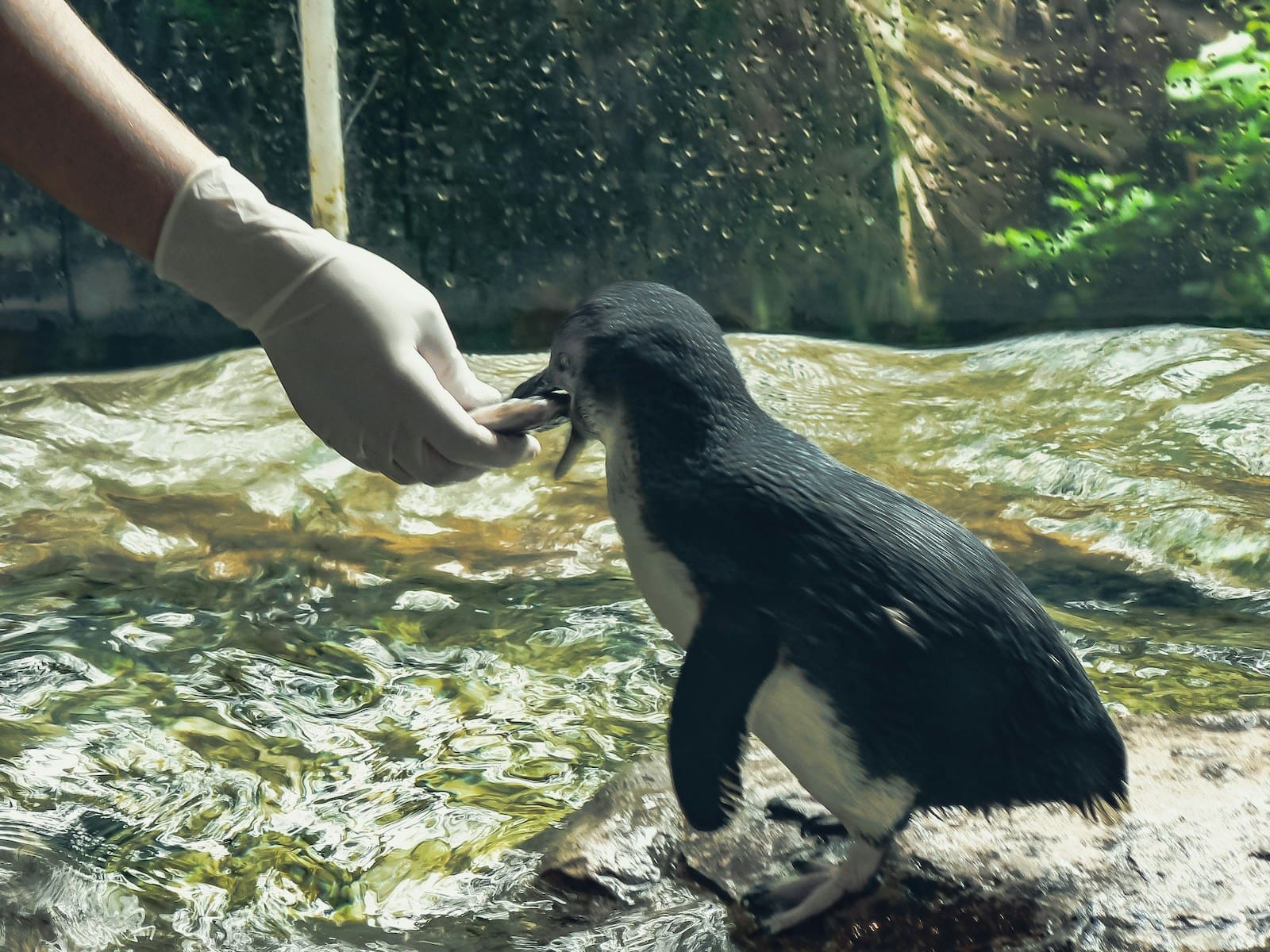
The Diet Plans and Procedures for Zoo Animals
Step right up and get ready to embark on a delicious adventure into the world of zoo animal diets! Have you ever wondered what fuels the awe-inspiring strength of a lion or the gentle grace of a giraffe? At the heart of every zoo lies a choreographed symphony of feeding routines designed to keep these magnificent creatures happy and healthy. From crisp, leafy salads to hearty slabs of meat, each meal is a carefully crafted masterpiece. Would you like to explore how zookeepers tailor-make these menus to meet their animals’ unique dietary needs? Let’s dive into the fascinating world of zoo nutrition, where every bite counts!
How Zoos and Aquariums Feed Their Animals
Step right up and discover the incredible world of zoo and aquarium feeding time! From mighty lions to graceful giraffes and playful penguins, each creature has its own tailored diet plan. It’s a captivating process that ensures every animal gets the nutrition they need to thrive in their home away from home.
Importance of Nutrition in Zoos
Just like a growing child needs a balanced diet, zoo animals require specific nutrients to maintain peak health. Feeding isn’t just about filling hungry bellies; it’s a complex science that involves vitamins, minerals, proteins, and carbohydrates. Without proper nutrition, animals can face health issues just like humans do. Imagine the thrill of seeing a tiger’s vibrant coat gleaming under the sun or the powerful leap of a dolphin when it dives into the water! All that vitality stems from a well-planned diet.
Daily Feeding Routines
Zoo animals enjoy unique, highly structured daily feeding routines. Scheduled throughout the day, these meals are not merely about satisfying hunger—they’re designed to simulate an animal’s natural eating habits in the wild. For example:
– Morning Munchies: The early hours might see birds crunching on sunflower seeds while herbivores are munching leafy greens.
– Midday Morsels: Carnivores might feast on meat chunks to fuel their high-energy lifestyles.
– Evening Eats: Diets winding down with low-calorie bites ensuring animals are comfortably satisfied before a restful night.
Routine brings a sense of predictability and comfort, helping animals thrive within their habitats.
Role of Zookeepers in Diet Management
Ever wondered what it takes to be a zookeeper? These saviors are the unsung heroes behind every feeding session! Zookeepers don’t just toss food into an enclosure—they carefully consider each animal’s age, size, health, and natural behaviors. They communicate with nutritionists to adapt and adjust diet plans ensuring each animal’s specific needs are met.
Zookeepers also observe eating habits closely, looking for any signs of illness or dietary missteps. It’s attentive work that involves love, dedication, and an impeccable eye for detail!
Types of Diet Plans for Zoo Animals
Feast your eyes (or paws!) on the diverse world of animal diet plans. Designed meticulously, these meal plans cater to carnivores, herbivores, and omnivores with precision and flair!
Carnivore Diet Plans
The mighty carnivores, like lions and tigers, relish meals designed for strength and power. Their diets often include:
– Whole Prey Methods: Simulating natural hunting conditions, zoos provide whole animal carcasses.
– Specialized Meat Cuts: Lean meats mixed with supplements like calcium for bone health.
These plans are crafted to mimic the predator’s pursuit and consumption of prey in the wild.
Herbivore Diet Plans
From the towering giraffes to the hefty hippos, herbivores enjoy diets bursting with vegetation. Their menus may include:
– Fresh Greens: A daily supply of leaves, grass, and hay.
– Root Vegetables and Fruit: For flavor variety and enrichment.
These leafy spreads help maintain digestion and energy, ensuring plant-eaters are content and cuddly!
Omnivore Diet Plans
Creatures like bears and chimpanzees enjoy the best of both worlds with diverse diets including:
– Mixed Meals: Fruits, veggies, and proteins like fish or eggs.
– Nutrient Enrichment: Supplements to balance the varied components.
Omnivores need a menu that caters to their flexible palates while ensuring all nutrients are met.
Isn’t it amazing how much thought, care, and effort go into making sure our animal friends are happy and healthy? Next time you’re at the zoo, keep an eye out for your favorite creatures at feeding time—you might just catch a glimpse of this extraordinary process in action!
Feeding Procedures for Zoo Animals
Step right into the captivating world of zoo feeding procedures, where science and art blend to keep our furry, feathered, and scaly friends healthy and happy! Feeding is not just about filling up bowls; it’s a symphony of nutrition tailored to each unique inhabitant. Let’s explore the ins and outs of this fascinating process!
Scheduled Feeding Times
Much like you might crave your morning breakfast, animals at the zoo thrive on routine. Scheduled feeding times are incredibly important for maintaining the well-being of zoo animals. Structured meal times help regulate metabolism, prevent obesity, and simulate their natural environment where hunting or foraging happens at certain times of the day. Visitors often delight in watching these displays, where lions lazily approach their meals or flamingos gracefully dip their heads in unison. These set schedules not only benefit the animals but also provide educational experiences for zoo-goers, highlighting the diet habits of different species.
Enrichment Feeding Techniques
Enrichment feeding techniques are the secret ingredient in zoo feeding procedures, adding a dash of excitement to every meal! Imagine watching a bear solving a puzzle to get its honey or a clever parrot working to retrieve seeds from a toy. These tactics engage animals both physically and mentally, keeping boredom at bay and encouraging natural behaviors like problem-solving and foraging. Not only do these techniques provide fun challenges, but they’re also crucial for animal welfare, ensuring that animals enjoy a rich and fulfilling life inside their zoo habitats.
Use of Specialized Diets
Did you know that there are culinary masterminds behind every animal’s meal at the zoo? Specialized diets are crafted to meet the precise nutritional needs of each species, sometimes even tailored to individual animals. This can range from meticulously balanced carnivore diets for big cats to high-fiber meals for elephants. Zookeepers and nutritionists work hand in hand to develop recipes that ensure every animal’s diet mirrors what they would consume in the wild. These expertly designed meals contribute to the physical health, longevity, and natural behaviors of zoo residents. Whether it’s preparing a leafy-green bonanza for a tortoise or a fishy feast for an otter, the goal is always to mimic their natural dietary patterns as closely as possible.
Feeding time at the zoo is a fascinating ballet of nutrition, science, and care that ensures every animal thrives in its home away from the wild. From the leafy greens prepared for gentle giraffes to the specially crafted fish meals for playful seals, each animal’s diet is a testament to the dedication of zoo staff. Want to see these feeding routines in action? Why not plan a trip to your local zoo? Witness the excitement as animals eagerly anticipate their next meal. Remember, each diet is crafted not only to satisfy their appetites but also to enrich their lives, sparking curiosity and activity. So, grab your camera, gather the family, and set out on an adventure to discover the wild wonders that feeding time can unveil!


